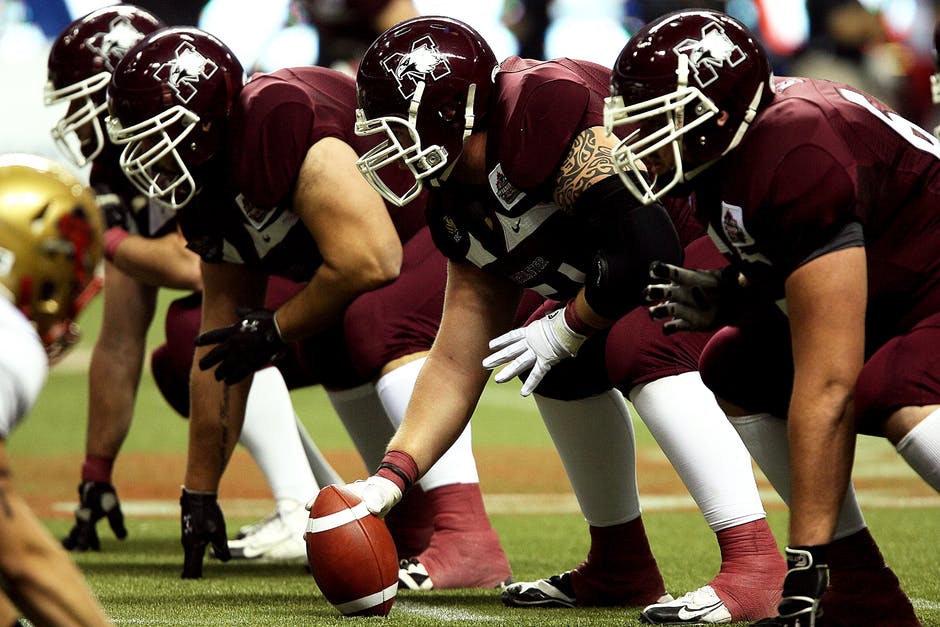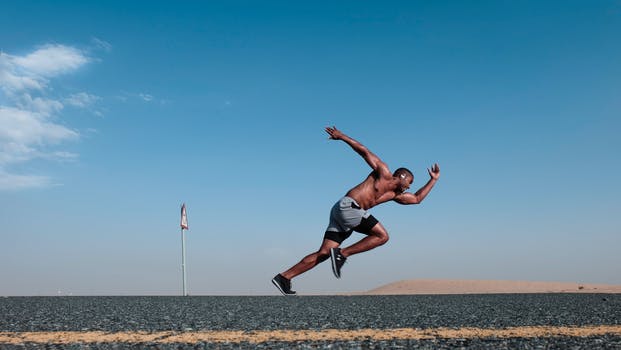I’ve gotten thrown into coaching in the youth and Special Olympics sports worlds. This has been an interesting and rewarding experience, and it may be the way that things are going to go in the future as budget challenges cause more schools to reduce their athletic programs.
It’s rewarding because I’m going to be working with some of these kids for ten years or more. That’s going to have a huge impact on their athletic development and their development as young men and women. Philosophically, I want athletes to learn the sport, develop fitness, have fun, make friends, and grow as people. I find a lot of examples where we try to professionalize youth sports, but we forget that these athletes have not been playing the sports for 20 years and are unable to meet those expectations.
With this blog, I’ve got some lessons learned about youth sports. The first lesson learned is that fundamentals are key. The second is that we need to give athletes the tools to be able to react quickly to situations. Finally, the third is that helpful parents can (usually) be channeled.
Fundamentals are key
I can’t stress this one enough. In the two sports that I coach the most, baseball and basketball, if the athletes don’t have mastery of the fundamentals then no amount of strategizing and tricks are going to allow them to be successful. Baseball players have to be able to hit, catch, and throw accurately. Basketball players have to be able to dribble, pass, catch, defend, shoot, and perform lay ups.
I normally teach the fundamental skills in isolation (for example, dribbling), but then I combine it with other skills while reinforcing all. For example, run down the court while dribbling, attempt the lay up against a defender, whoever ends up with the ball gets to attempt the next lay up. That sort of thing!
Teach athletes to react quickly to situations
It’s easy to stand in the dugout and scream to athletes that they should throw the ball to second base. However, if they don’t understand why it’ll never be done quickly enough or reliably enough to work. So I’ve started developing a handful of principles that I explain to the athletes, which we then drill over and over again.
For baseball defense, these include things like:
1. Get the easy out.
2. If there isn’t an easy out, throw ahead of the runner.
3. Keep runners out of scoring position.
Now, each of these points has a lot of skills and drills that goes with them.
I recognize that this isn’t necessarily how Major League players will do things, but I’m not working with athletes that have played for 20 years yet.
For basketball defense, these include things like:
1. Keep the ball out of the red zone.
2. Deny passes.
3. Get the rebounds.
Again, there’s a lot that goes with each including skills and drills, but it provides our foundation. The idea is to put a lot of pressure on an offense, make them really uncomfortable, and have them do what we want instead of reacting to them.
By establishing some principles, this allows everyone to react to situations predictably and consistently and ensures that we’re all speaking the same language. This becomes important when mistakes are being corrected.
Every coach has a different style and philosophy, these kinds of principles reflect mine – you’re going to have something different and that’s great.
Channel helpful parents
Parents want to help their kids. However, I’ve had situations where the parents teach the skill incorrectly (for example, pushing off the mound when pitching) or teach the children something that interferes with our performance. For example, some basketball leagues want athletes doing man-to-man defense only. If the parent is emphasizing zone with their children, then we have a problem come game time.
I’ve taken a few approaches to dealing with this. First, I communicate what we do in practice. I describe the principle that we’re working on, how it is being cued, and (briefly) why we are doing it. I then invite the parents to help us reinforce this at home. Second, I also lay out my philosophy about participation early on. Those athletes that go to practice get the most game time. Athletes that don’t practice are liabilities to the team. Since my athletes don’t drive, that’s on the parents. Third, the most helpful parents get invited to help at practices. This is where the coach needs to leave their ego at the door, most of the time these parents just want to be involved. By giving them a role and explaining what/how you want things done, they can usually be turned into assets for the team and ensures continuity for the young athletes.
The level that you coach it is going to dictate what you do, but I find that communication solves a lot of problems. I also recognize that there are some that you cannot work with, but hopefully they will figure that out as well and move on.



